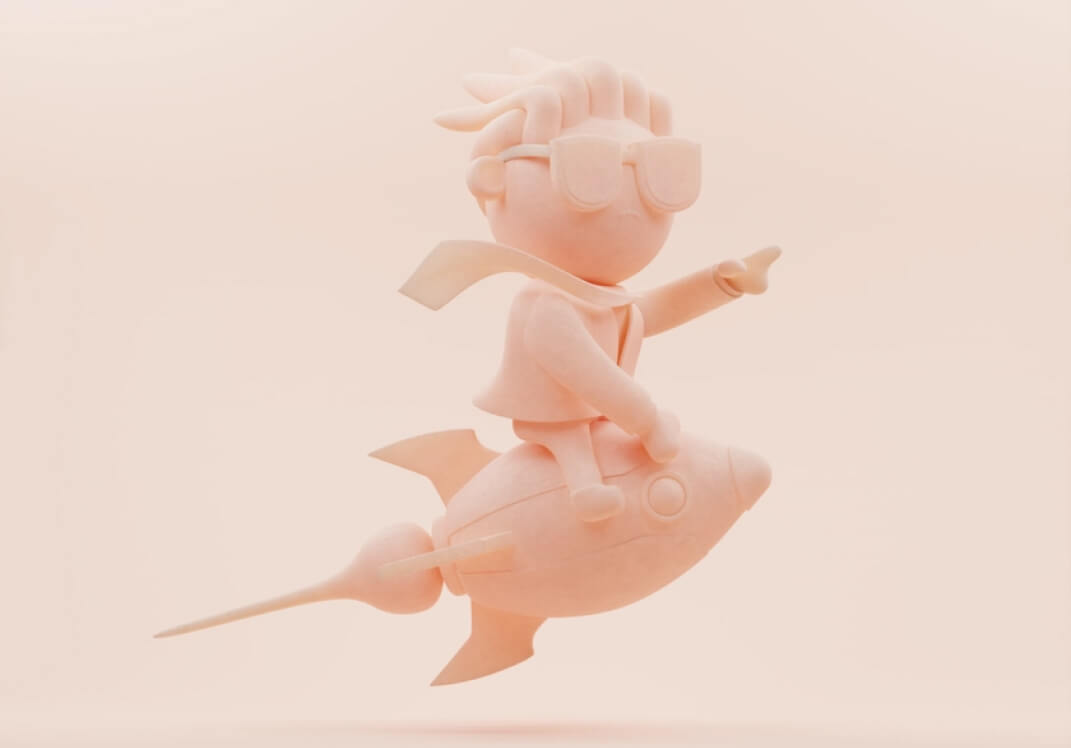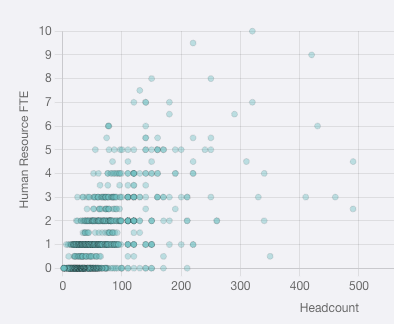What is a Chief People Officer (CPO)?
A Chief People Officer is an executive responsible for overseeing and enhancing an organisation’s human resource strategies, culture, and employee experience.
![]()
What is a Chief People Officer?
The Chief People Officer (CPO) is a recent but increasingly important addition to the C suite. Their primary role is to steer the organisation’s HR or people operations department, with a focus on the employees who make up the company. One of the CPO’s key responsibilities is to enhance the employee experience, which involves creating and sustaining a strong company culture.
The value of employees is being recognised more than ever, and the CPO plays a crucial role in creating a workplace where employees feel engaged, satisfied, and productive. They work to align the organisation’s culture, values, and workforce strategies with the overall strategic objectives.
The Chief People Officer job description can differ massively depending on the organisation, and its HR capabilities and goals. Some companies want their CPO to take on a more traditional role – overseeing payroll, onboarding etc. However, the role can also be focused wholly on promoting employee engagement and wellbeing. For example, VaynerMedia employs Claude Silver as their Chief Heart Officer – her job focused on infusing her workforce with empathy and promoting their satisfaction at work.
What does a Chief People Officer do?
Oversee company culture
One of the main responsibilities of a Chief People Officer is to oversee and shape the company’s culture. They ensure that the company’s values, mission, and vision are embedded into the daily practices and behaviours of every employee. They work with senior leadership to develop and promote a positive, inclusive, and collaborative work environment where everyone feels valued and respected. CPOs often initiate programs that promote employee wellness, work-life balance, and social responsibility.
Utilise the right tools
The Chief People Officer’s role is about more than just managing HR admin tasks – it’s about shaping the company’s strategic direction. However, basic tasks like payroll and onboarding are still part of their remit. To focus on strategic priorities, successful CPOs use tools like Zelt to automate these admin tasks.
Zelt is a comprehensive HR platform that automates payroll, onboarding, and more, saving time and money for the CPO and people ops teams. By streamlining processes like paperwork, time-off tracking, and benefits management, Zelt frees up the Chief People Officer to concentrate on enhancing the employee experience and driving organisational success.
Create an employee talent development strategy
A crucial part of the Chief People Officer’s role is creating and implementing an employee talent strategy. They work closely with department heads to identify current staffing needs, and predict those in the future. CPOs are also responsible for developing training and development programs that equip employees with the skills and knowledge needed to excel in their roles and contribute to the company’s growth. Indeed, 94% of employees state they would remain at organisation longer, if it was involved in their personal and career development.
What is the difference between a Chief People Officer and a traditional HR role?
While both the Chief People Officer and the traditional HR Manager are concerned with managing human resources, there is a marked difference in their approach and scope of responsibilities.
A traditional HR Manager’s role primarily revolves around administrative functions like recruiting, training, and benefits management. They focus on implementing and maintaining HR policies, ensuring compliance with labor laws, and handling employee relations issues. They operate within the framework set by the company’s leadership and may have limited influence on the organisation’s overall strategy.
On the other hand, a Chief People Officer has a strategic role. They are part of the executive team and play a vital role in shaping the organisation’s direction. They don’t just manage HR functions; they create and implement people operations strategies that support the company’s goals and vision. They focus on creating a work environment that fosters creativity, collaboration, and innovation. They ensure that the organisation’s human capital is aligned with its strategic objectives.
Another key difference is their focus on organisational culture. While traditional HR Managers are concerned with employee engagement and satisfaction, the CPO goes a step further. They actively shape and promote a positive organisational culture that reflects the company’s values and mission. They work with senior leadership to create a workplace where employees are engaged, motivated, and committed to the company’s success.
FaQ
What is a Chief People Officer?
A Chief People Officer is an executive responsible for overseeing and enhancing an organisation’s human resource strategies, culture, and employee experience.
What does a Chief People Officer do?
A Chief People Officer strategies and directs employee experience, culture, and talent development aligned with company objectives.
How does a Chief People Officer differ from a CHRO?
A Chief People Officer focuses on overall employee experience, culture, and engagement, while a Chief Human Resources Officer primarily manages HR functions, policies, and compliance.




